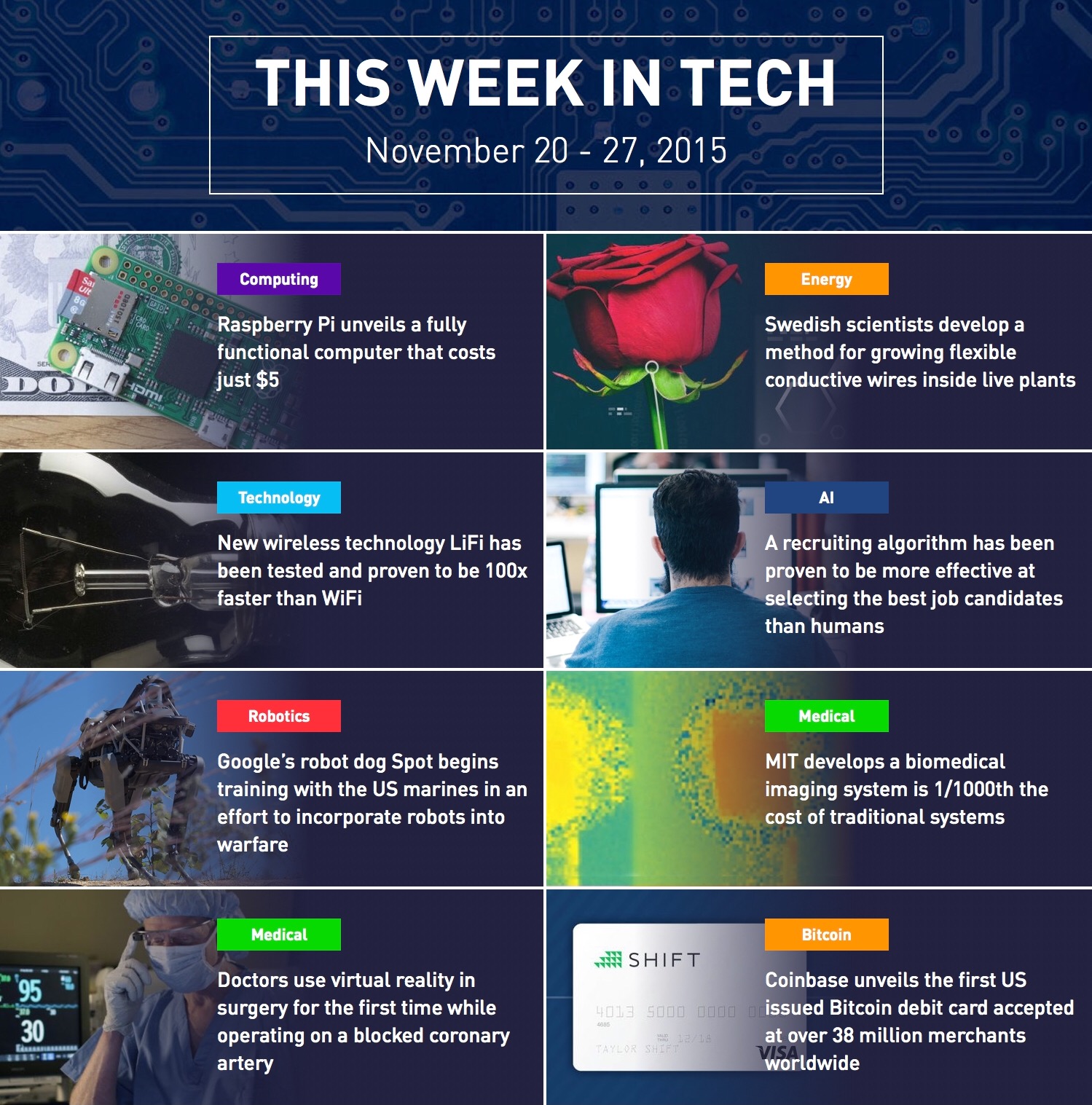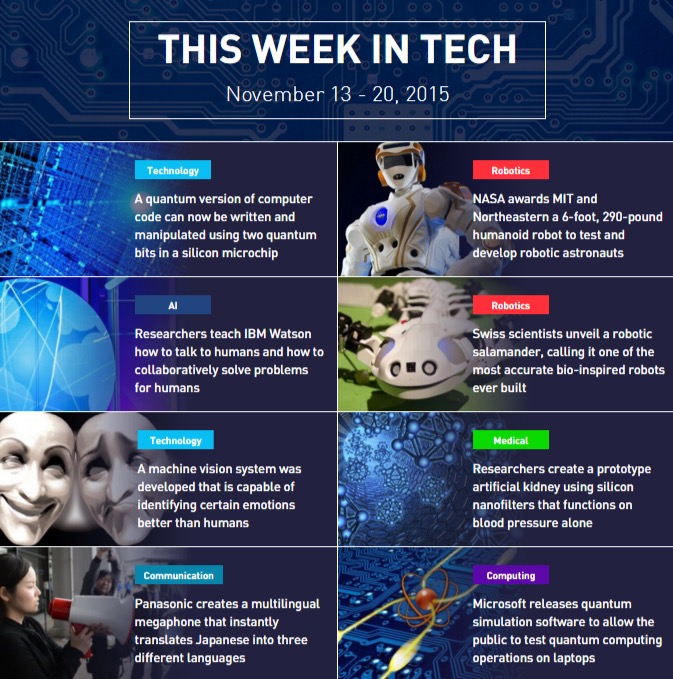Lots of science-fictional possibilities here, not all of them dark ones.
Originally shared by Stewart Brand
Self-Driving Genes Are Coming
[My Edge answer at the link]
The new biotech tool called “gene drive” changes our relation to wild species profoundly. Any gene (or set of genes) can be forced to “drive” through an entire wild population. It doesn’t matter if the trait the genes control is deleterious to the organism. With one genetic tweak to its germline, a species can even be compelled to go extinct.
The technique works by forcing homozygosity. Once the genes for a trait are homozygous (present on both chromosomes) and the parents are both homozygous, they will breed true for that trait in all their descendants. Artificially selecting for desired traits via homozygosity is what breeders do. Now there’s a shortcut.
In effect, gene-drive genes forbid the usual heterozygosity in cross-bred parents. In any two parents, if one of them is gene-drive homozygous, all their offspring will be gene-drive homozygous and will express the gene-drive trait. Proviso: it only works with sexually reproducing species—forget bacteria. And it only spreads quickly enough in rapidly reproducing species—forget humans.
The mechanism was first described in 2003 as a potential tool by Austin Burt of Imperial College London. The way it works is that a “homing endonuclease gene” cuts the DNA in the adjoining chromosome and provides the template for the DNA repair, thus duplicating itself. In Richard Dawkins terms, it is an exceptionally selfish gene. Heterozygous becomes homozygous, and after several generations the gene is present in every individual of the population. The phenomenon is common in nature.
Gene drive shifted from an interesting concept to a powerful tool with the arrival in the last few years of a breakthrough in genome editing called CRISPR-Cas9. Suddenly genes could be edited easily, cheaply, quickly, and with great precision. It was a revolution in biotech.
In 2014 George Church and Kevin Esvelt at Harvard published three papers spelling out the potential power of CRISPR-enabled gene drive and the kind of public and regulatory oversight needed to ensure its responsible deployment. They also encouraged the development of an “undo” capability. Ideally the effects of an initial gene drive release could, if desired, be reversed before it spread too far with the release of a countermanding secondary gene drive.
The benefits of gene drive could be huge. Vector-borne scourges like malaria and dengue fever could be eliminated by eliminating (or just adjusting) the mosquitoes that carry them. Food crops could be protected by reversing herbicide-resistance in weeds. Wildlife conservation would be able to cure one of its worst threats—the alien invasive rats, mice, ants, etc. that are massively destructive to native species on ocean islands. With gene drive the invaders could be completely extirpated (driven extinct locally), and the natives would be protected permanently.
Developments are coming quickly. A team at Harvard proved that gene drive works in yeast. A team at UC San Diego inadvertently proved that it works in fruit flies. Most importantly, Anthony James at UC Irvine and colleagues showed that malaria mosquitoes could be altered with gene drive so that they no longer carry the disease. Kevin Esvelt is developing a project to do the same with white-footed mice, which are the wildlife reservoir for Lyme disease in humans; if they are cured, humans will be as well.
The power to permanently change wild populations genetically is a serious matter. There are ecological questions, ethical issues, and many technical nuances that have to be sorted out thoroughly. Carefully, gradually, they will be.
Humanity has decided about this sort of thing before. Guinea worms are a horrible parasite that used to afflict 2.5 million people, mostly in Africa. In 1980 disease control experts set about eliminating the worms totally from the world, primarily through improved water sanitation. That goal of deliberate extinction is now on the brink of completion. One of the strongest advocates of the project, President Jimmy Carter, declared publicly, “I would like the last Guinea worm to die before I do.”
Gene drive is not a new kind of power, but it is a new level of power. And a new level of responsibility.
http://edge.org/response-detail/26769

